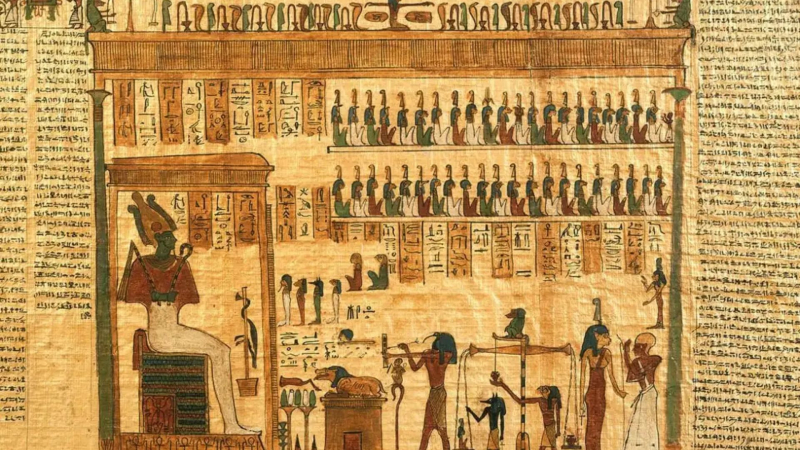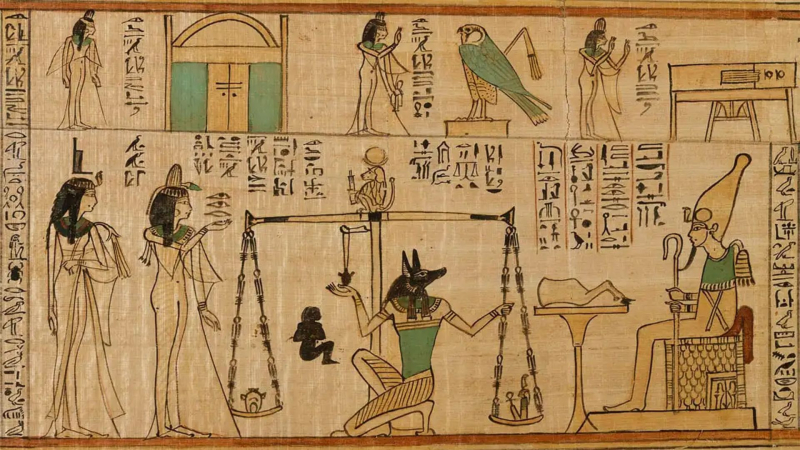Paper And Ink
The development of paper and ink, which we today see as essential to the written word even though writing predates the Egyptians, was a product of their civilization. It was not paper as we know it now, but a predecessor was known as papyrus, which took its name from the green reeds that flourished along the Nile.
For many years, historians have been attempting to figure out exactly how the Egyptians turned this plant into a writing surface, but the records are frustratingly hazy. However, it is believed that the first step entailed cutting the stem into strips, which were then soaked to extend the fibers and placed down in overlapping layers. They were then crushed, either hammered, rolled, or pressed, until the layers fused to form a flat surface, but ancient papyrus was far from smooth. Because of the dry Egyptian climate, documents created of papyrus lasted a very long time.
However, until there was a means to write on it, all that papyrus was useless. The Mesopotamians carved their letters into clay, stone, and wax, but the Egyptians used ink, which was less laborious. They created this by blending a variety of colors and ores with water to create a thick liquid that could be applied to papyrus using a brush or stylus. The Egyptians were able to manufacture ink in a variety of colors by combining natural substances such as copper, iron, quartz, and malachite, though black, red, and blue are the most prevalent.

















